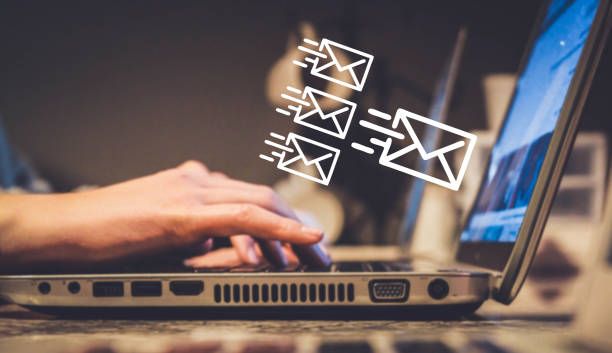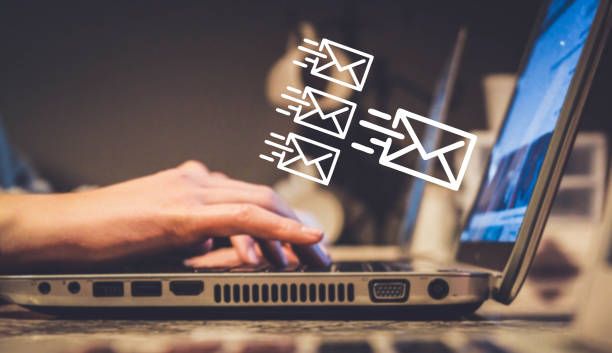As an email marketer, you know that high bounce rates can be detrimental to the success of your campaigns. Bounces occur when your emails are not successfully delivered to the intended recipients' inboxes. They can result in wasted resources, decreased deliverability, and missed opportunities to engage with your audience. However, by implementing effective strategies, you can significantly reduce your email bounce rate and optimize the performance of your campaigns. In this article, we will explore the best practices, tips, and techniques to help you minimize bounce rates and achieve higher email deliverability.
Understanding Email Bounce Rate

- What is Email Bounce Rate? Email bounce rate refers to the percentage of email addresses that fail to receive your messages. Bounces can be categorized as either hard bounces or soft bounces. Hard bounces occur when the email cannot be delivered permanently, often due to an invalid or non-existent email address. Soft bounces are temporary delivery failures caused by issues such as a full mailbox or a server problem.
- Impact of High Bounce Rates: High bounce rates can negatively impact your email marketing efforts. They can lead to a damaged sender reputation, lower deliverability rates, and even being flagged as spam. It is crucial to proactively manage your bounce rates to maintain a healthy email list and maximize campaign success.

Effective Strategies to Reduce Email Bounce Rate

- Maintain a Clean Email List: Regularly clean and update your email list to remove invalid or inactive email addresses. Use email verification tools or services to identify and eliminate invalid addresses before sending out your campaigns. Regular list hygiene ensures that your emails reach engaged and active subscribers.
- Implement Double Opt-In: Double opt-in is a process where subscribers confirm their email addresses by clicking a verification link. This helps ensure that the email addresses on your list are valid and reduces the chances of bounces caused by typos or fake addresses.
- Segment Your Email List: Segmentation allows you to send targeted and relevant emails to specific groups of subscribers. By sending tailored content, you can increase engagement and reduce the likelihood of bounces. Segment your list based on factors like demographics, interests, or engagement levels.
- Use a Reliable Email Service Provider (ESP): Choosing a reputable ESP with good deliverability rates is crucial. A reliable ESP will have robust systems in place to minimize bounces and provide bounce handling features to manage them effectively.
- Optimize Email Content and Design: Ensure your emails are well-designed, mobile-responsive, and visually appealing. Optimize your subject lines and preheader text to encourage opens. Well-crafted emails are more likely to engage subscribers and reduce the chances of bounces.
- Authenticate Your Emails: Implement email authentication protocols like SPF (Sender Policy Framework), DKIM (DomainKeys Identified Mail), and DMARC (Domain-based Message Authentication, Reporting, and Conformance) to verify your email's authenticity. Authentication helps prevent spoofing and increases the chances of successful email delivery.
Frequently Asked Questions:
Q1: How does a high bounce rate impact email deliverability?
A1: A high bounce rate can negatively impact your sender reputation, leading to lower email deliverability rates. Internet service providers (ISPs) consider bounce rates when determining the credibility of senders. By reducing bounce rates, you improve your sender reputation and increase the chances of your emails reaching the inbox.
Q2: What is an acceptable bounce rate?
A2: The ideal bounce rate varies depending on factors such as industry and email list quality. Generally, a bounce rate below 2% is considered good, while anything above 5% requires immediate attention.
Q3: Are there any tools to help reduce bounce rates?
A3: Yes, several email service providers and third-party tools offer bounce management features and services. These tools assist in bounce detection, list cleaning, and deliverability optimization.
Q4: How often should I clean my email list?
A4: Regular list cleaning is recommended to maintain list hygiene. Depending on your email volume and frequency, consider cleaning your list every three to six months to ensure optimal deliverability.
Conclusion:
Reducing email bounce rates is crucial for improving email deliverability and maximizing the success of your email marketing campaigns. By implementing the strategies discussed in this article, including maintaining a clean email list, using a reputable email service provider, and segmenting your list, you can significantly minimize bounces and enhance engagement with your subscribers. Remember to monitor bounce reports, implement sender authentication protocols, and stay informed about best practices in email deliverability. By prioritizing bounce rate reduction, you'll unlock the full potential of your email campaigns and achieve better results.

